What strange times we are living in friends. This summer has been the antithesis of relaxation and rejuvenation. It’s been an exercise in managing worry and anxiety, given the uncertainty around the upcoming school year. Whatever the plan, I remind myself daily that I have the power of choice and my mindset will determine how I respond to these unsettling times.
So what do I have the power of choice over? Believe it or not, SINGING! Ok, I have read all of the anecdotal evidence and research studies too. And the truth is, I am not physically singing in my classroom this year, but that doesn’t mean I won’t teach or model singing for my students. So let’s talk about some creative ways you can continue to teach singing to your students in the age of Covid-19.
Singing
Here’s the reality: I may not physically sing in front of my students, but there is no way I can notsing for my students. That’s like telling a teacher to not read for their students. If I want my students to learn to sing, I have to model singing for them. So how can I safely sing in a classroom? Video. Whether you are pushing into a classroom, teaching in your own classroom, or teaching virtually, you can teach songs and sing via video.
I began videotaping myself teaching songs last spring and sharing them on my YouTube channel to link to my lessons for students. If you have an iPad, you can videotape yourself and create videos for your students effortlessly! I even have a video that walks you through how to do this!
If you don’t want to create videos of you singing, I’ve already done the work for you! I’ve been creating digital elementary song resources that can be used in Google Classroom, Canvas, Nearpod, and just about any other learning management system you might use. Included are a variety of song charts (lyrics, beat sheets, notation, and blank sheets for teacher choice). There are also videos of me singing the song, teaching the song phrase by phrase, and teaching the song using Rote Song Procedure. It’s an easy way to keep your students learning folk songs and singing even when we can’t do it together in the classroom.
Humming
There are going to be times when I need to hear my students to assess them and singing is still not an option, so what then? How about humming? Students can still demonstrate melodic direction and pitch matching but do so safely without the risk of aerosol droplets affecting anyone. I know it sounds a little silly, but humming is a legitimate option for hearing students vocalize in the absence of singing.
Audiating
Another way to facilitate singing is simply encourage students to audiate. Audiation is “thinking sounds and comprehending music that may or may not be physically present.” There’s a huge benefit to teaching students to audiate in lieu of singing. It helps them to develop their ability to hear and think critically about the music they are hearing. In my experience, students that learn to audiate sing and play in tune better and maintain a steady beat because they are thinking critically about the music they are performing and not simply imitating sounds they hear. If you can’t sing, teach songs and encourage students to audiate them instead of singing.
Recordings
Even though we may not be able to sing, there is no reason not to use recordings of songs to teach music. If your school has a music curriculum, you most likely have a set of recordings (CDs) to use. Burn those recordings to your Google Drive and use them class to class! No recordings? No problem! Check out Jill Trinka‘s recordings on YouTube. There are great recordings of SongTales adapted by John Feierabend available on YouTube as well.
Talk About It
Lastly, no matter what choice you make about singing this coming school year, talk about it with your students. There are so many things that will be different about this coming year, it’s important to share what you’re doing and why you’re doing it with your students. It will help alleviate their fears about all of the change and reassure them that this is a temporary change for their safety. Below is a video I put together for my students to explain our new music reality if we were to go to a hybrid model of learning.
Have questions or ideas about safely singing and teaching music in the age of coronavirus? Leave me a comment below! I’d love to hear from you!
Related Resources

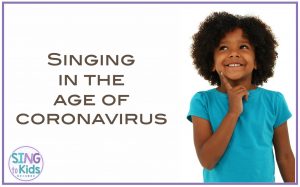
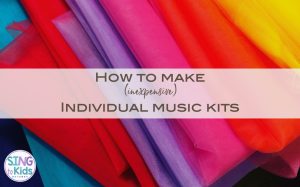

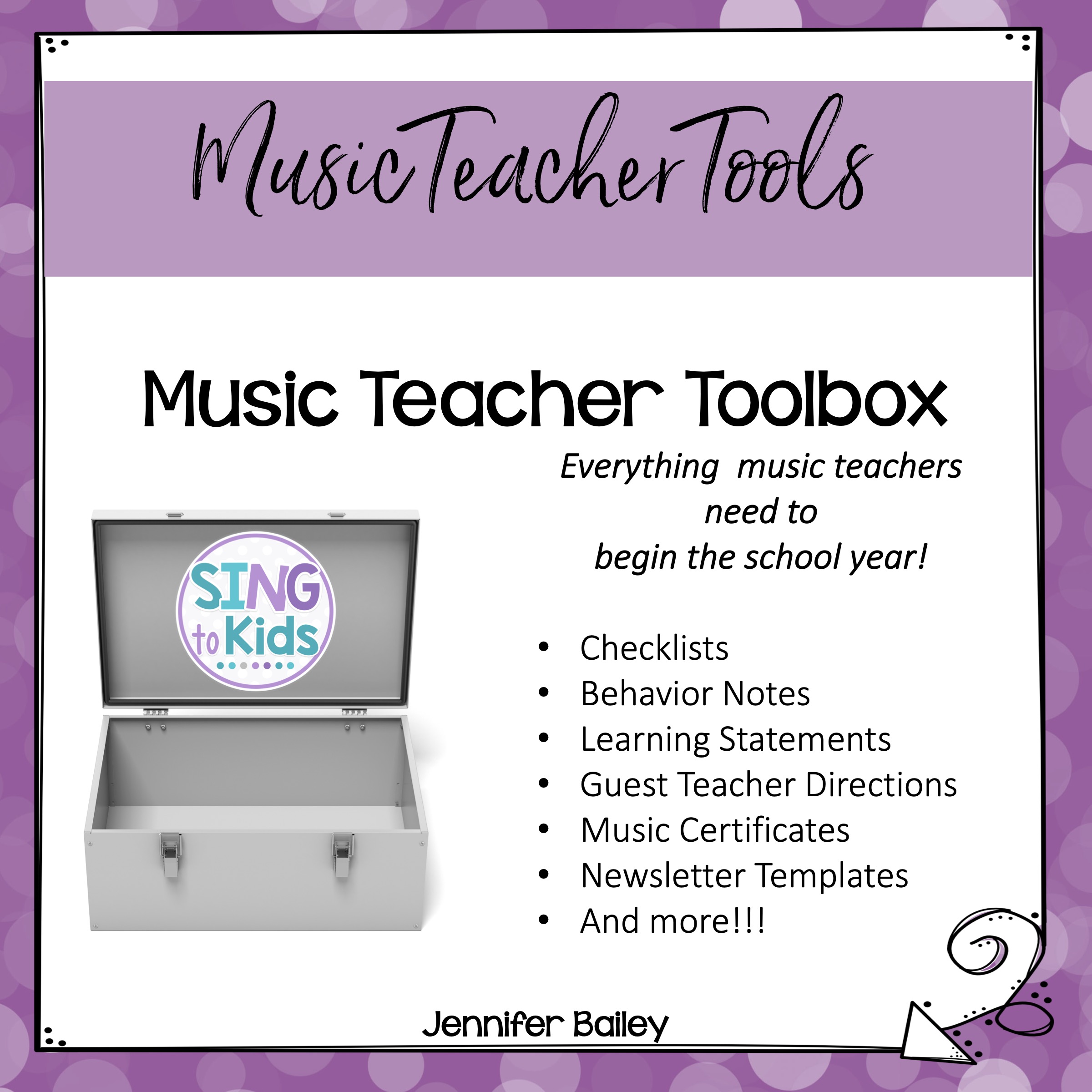

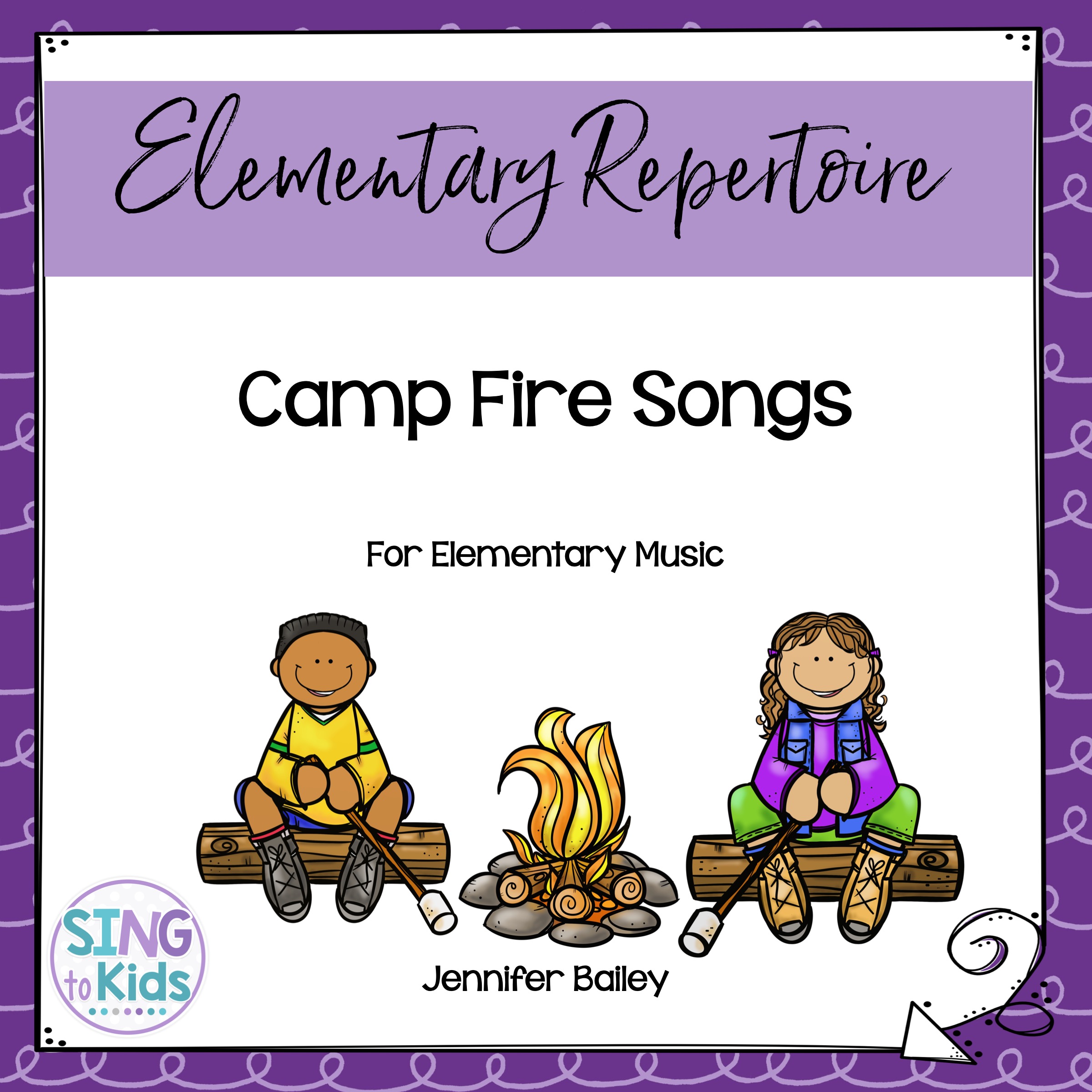
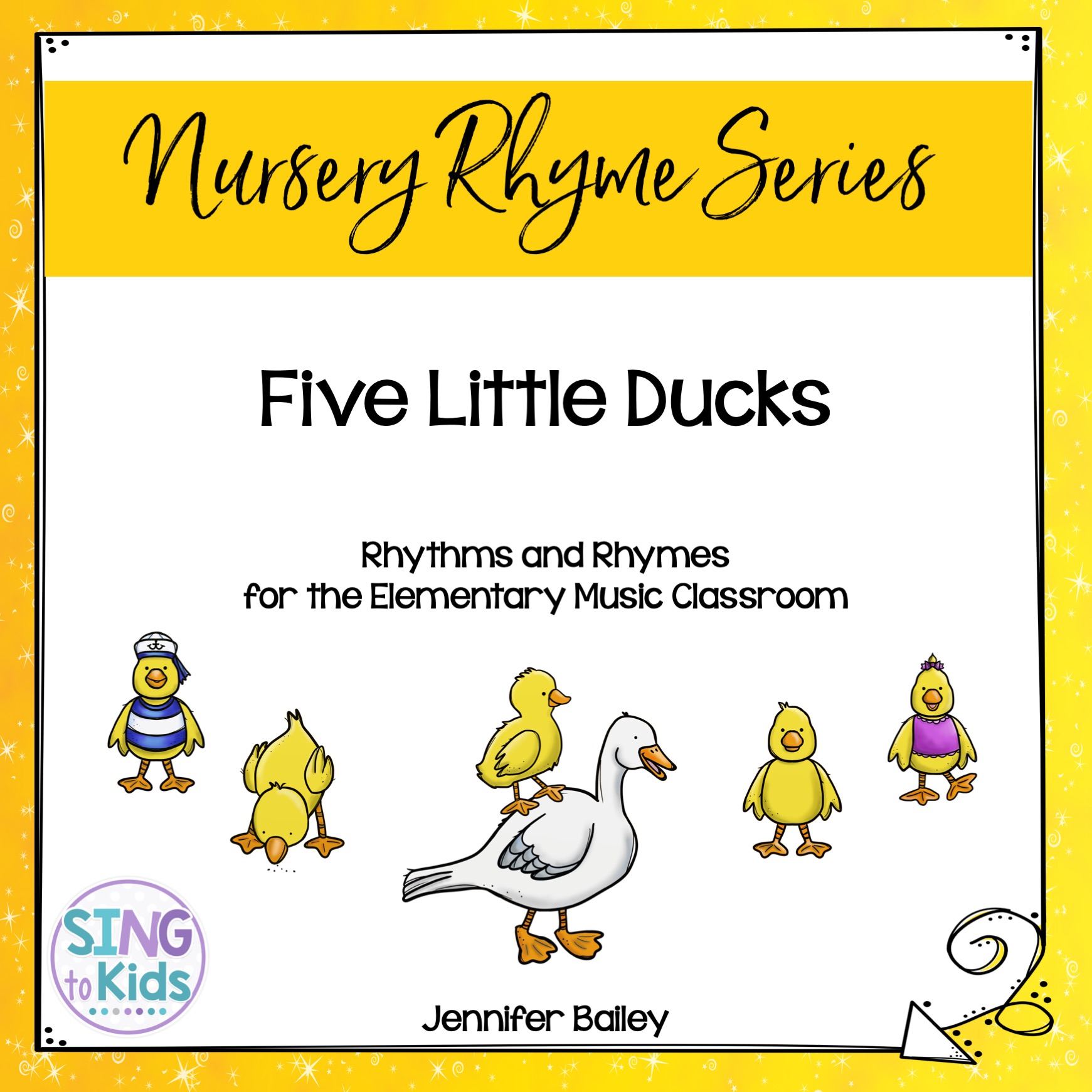
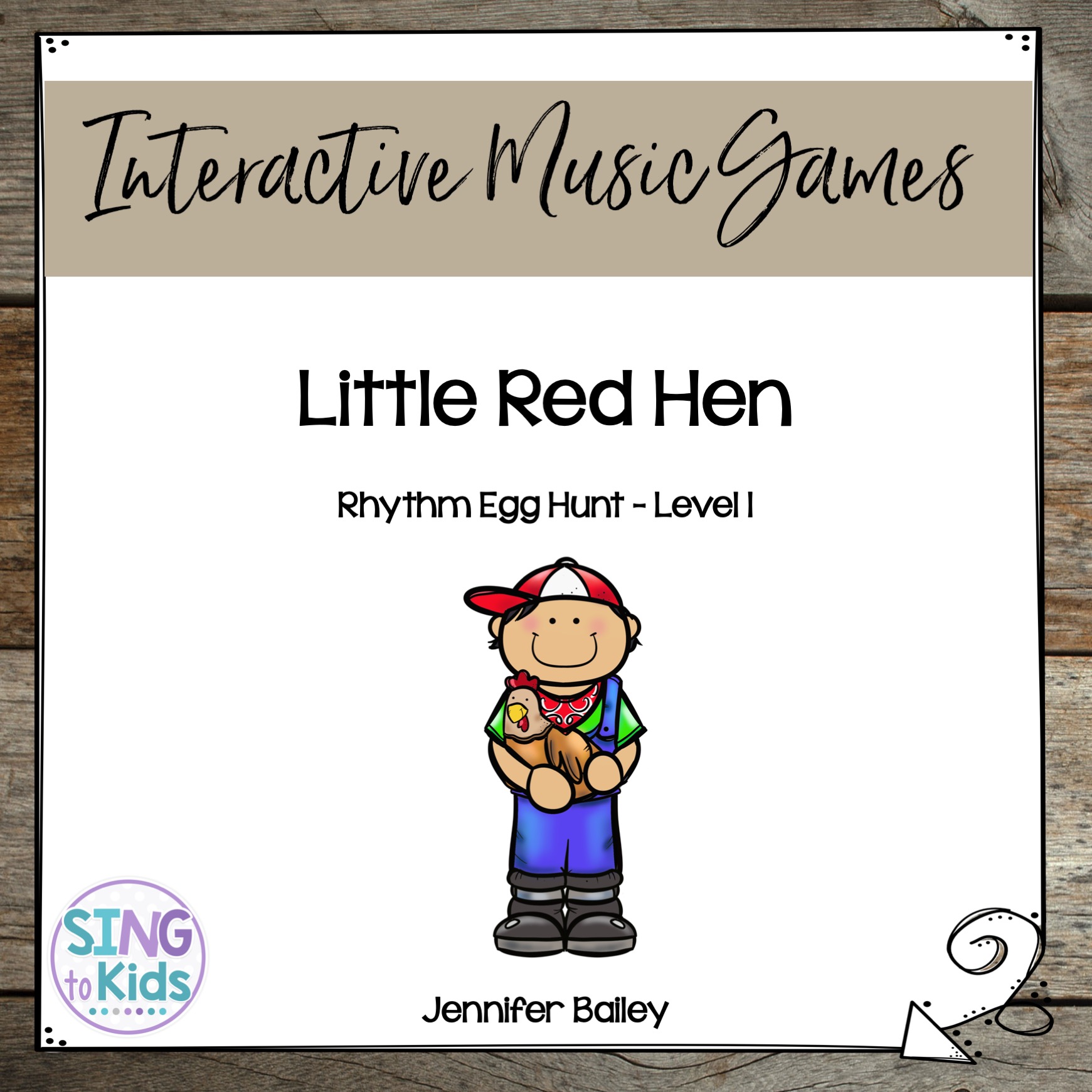
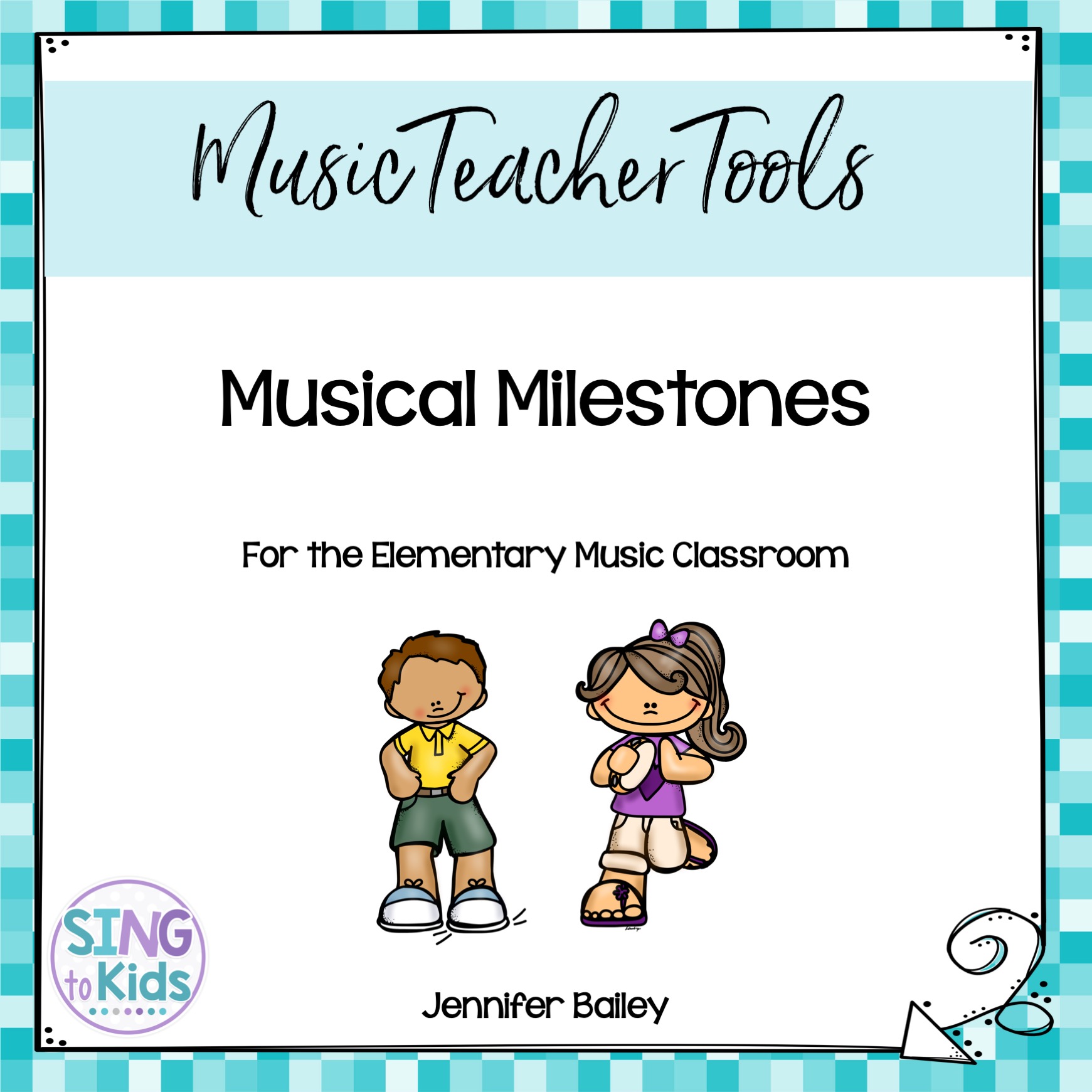
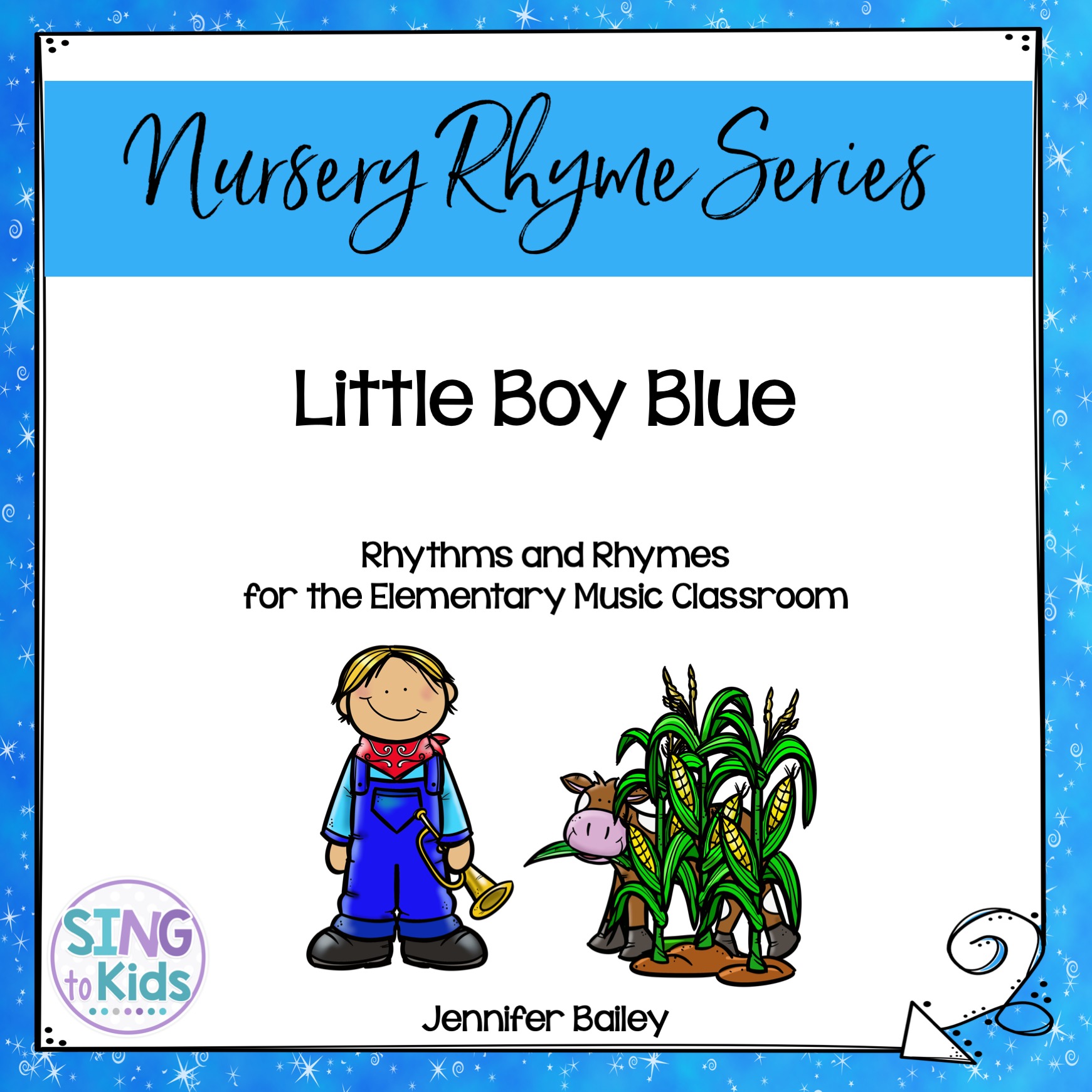
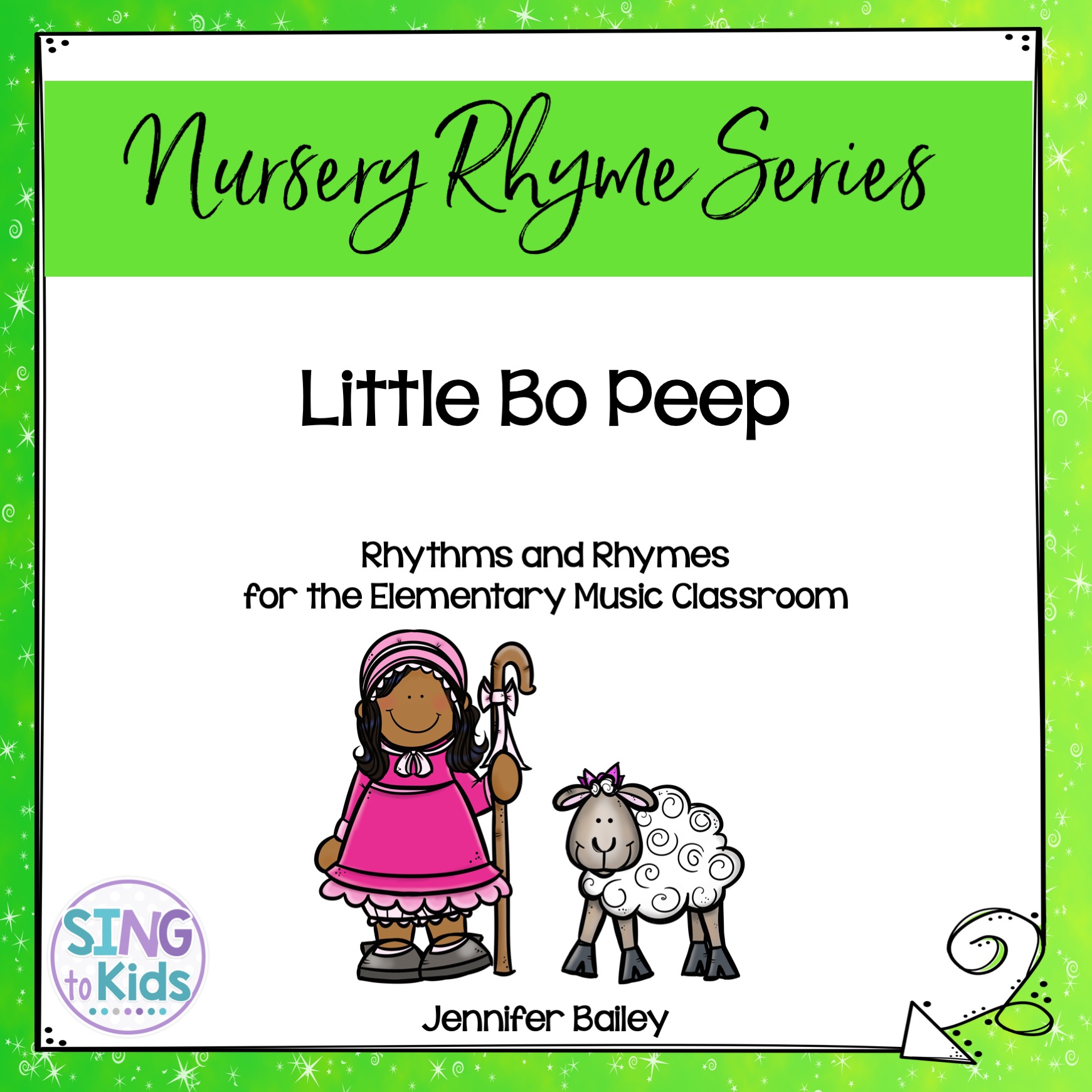
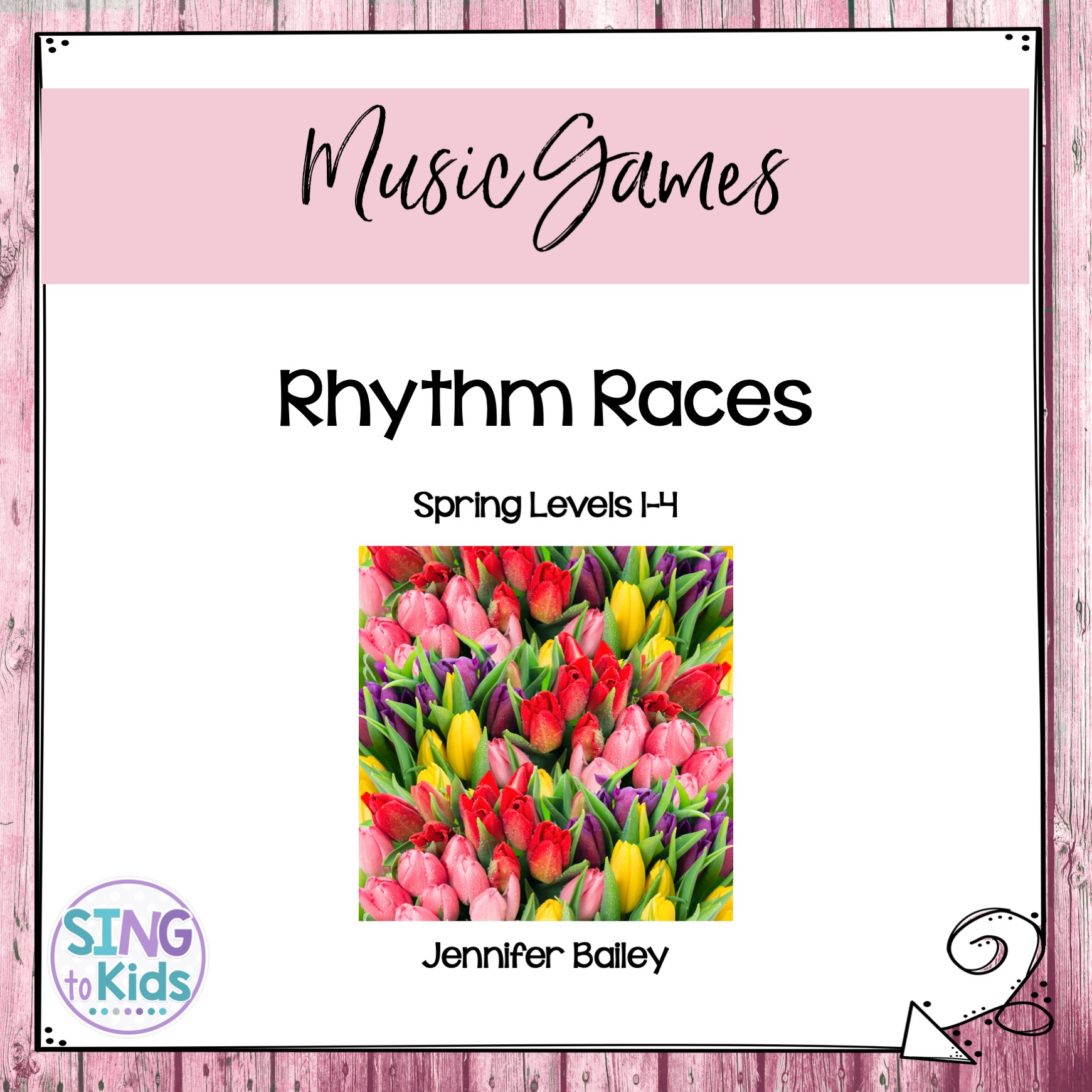
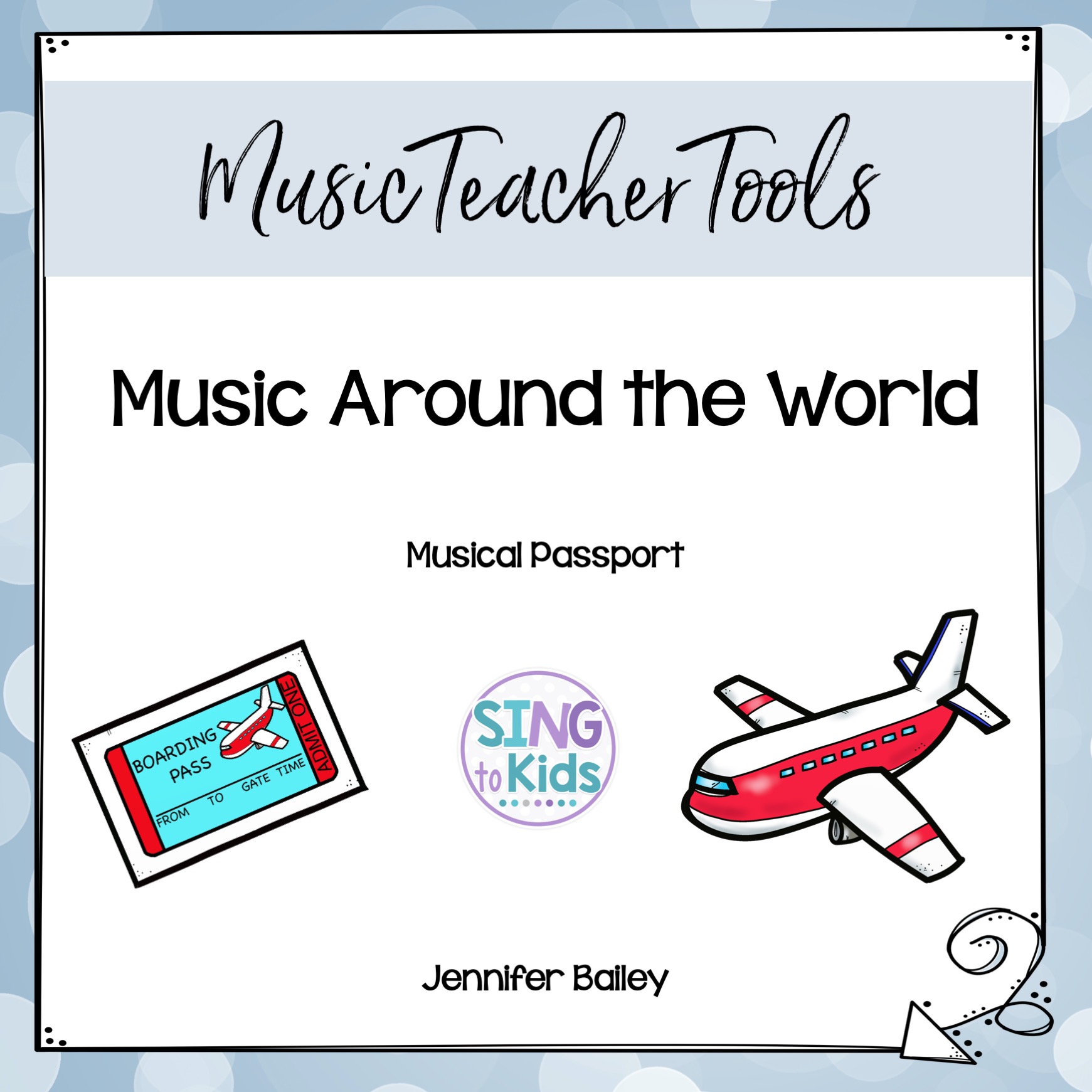
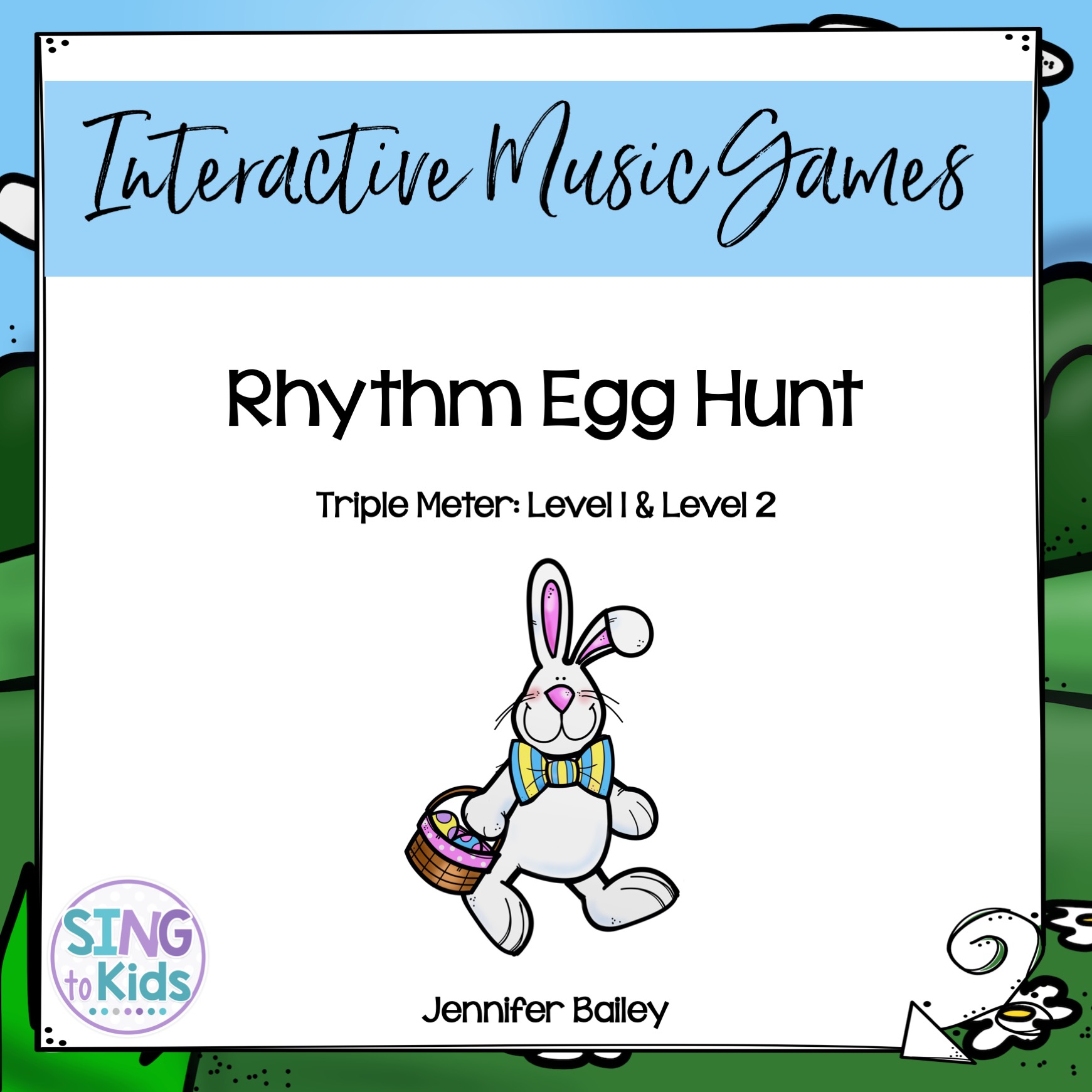
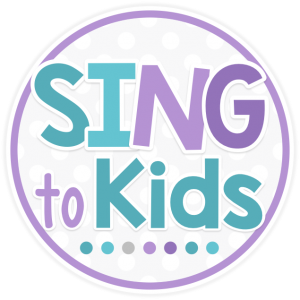

What is your plan for recorders, or are you just not using them?
This list is lovely and gives me some excellent ideas as I navigate chorus online.I have often found that chorus had been a large motivation in my teaching and not being able to hear them most of the time had been a hurdle for me to enjoy chorus again. Eventually I reflected on the words of Haim Ginott who said “ I’ve come to the frightening concussion that I am the decisive element in the classroom. It’s my personal approach that creates the climate” (Ginott, 1993). In order to make myself enjoy chorus more, I added videos of the week to the beginning of my class, started using more popular songs as warmups, and gave bonus points to students who wore costumes in their singing videos just to add a bit of fun in the class. My question is if there is anything that you’ve found to keep your students and yourself motivated? My kids have had major difficulties not being able to hear each other sing at the same time so knowing the little things that improve it help a ton! Thanks!
References
Ginott, H. G. (1993). Teacher and child: a book for parents and teachers. Collier.